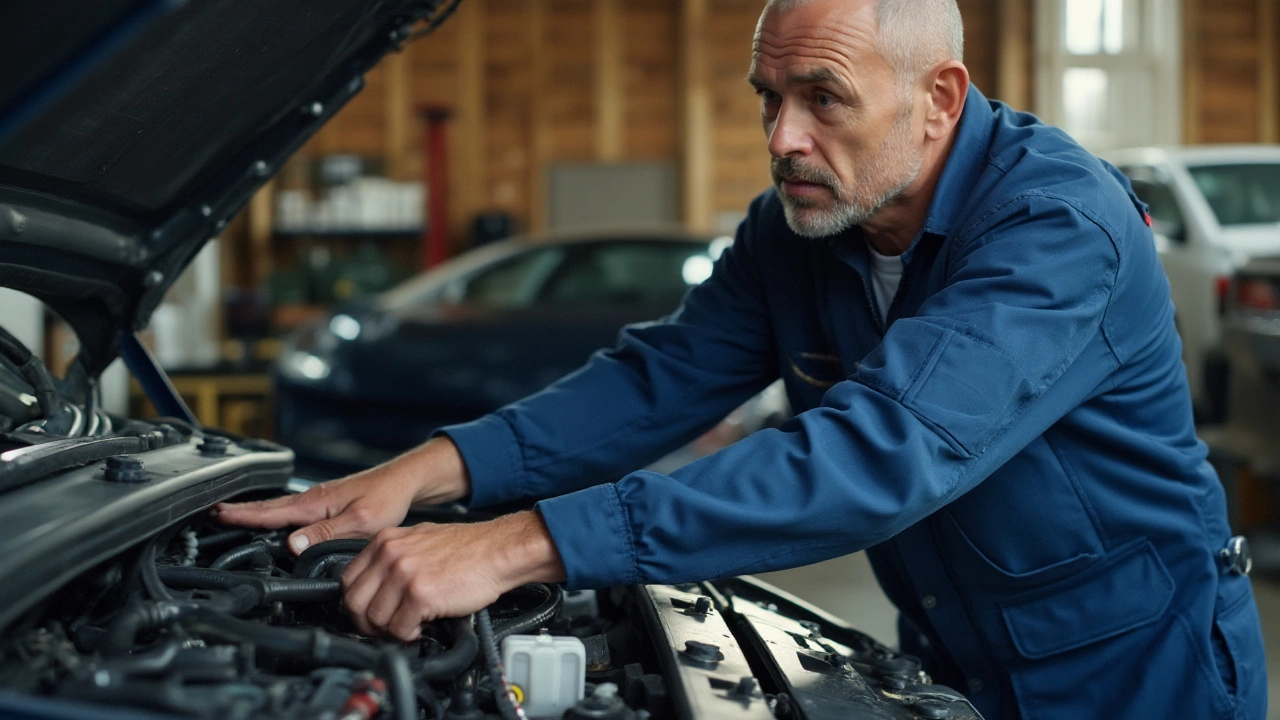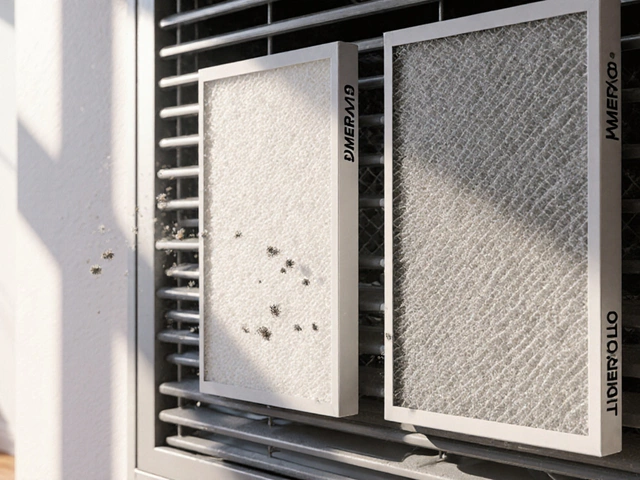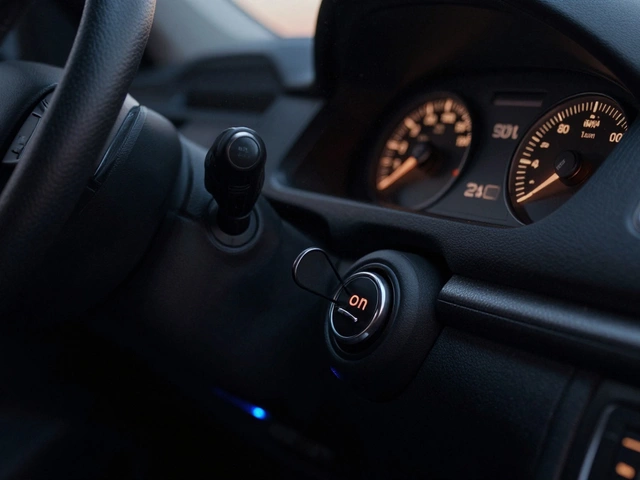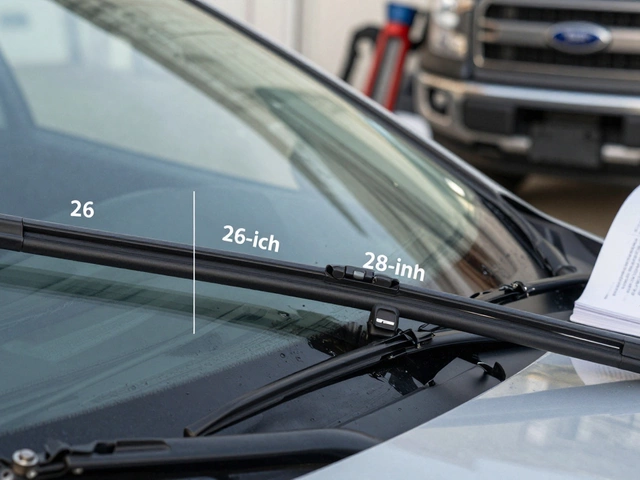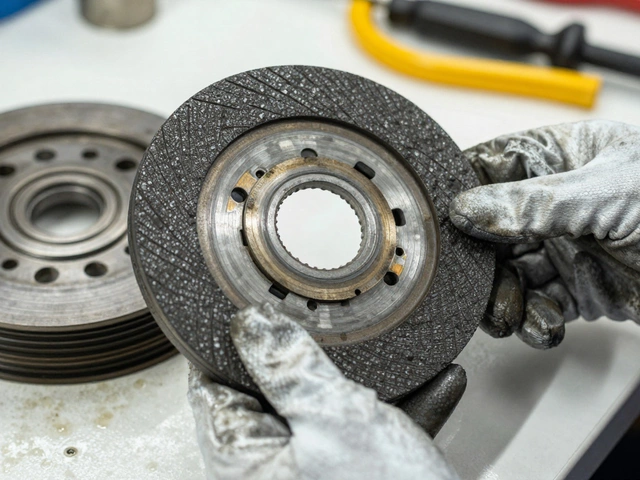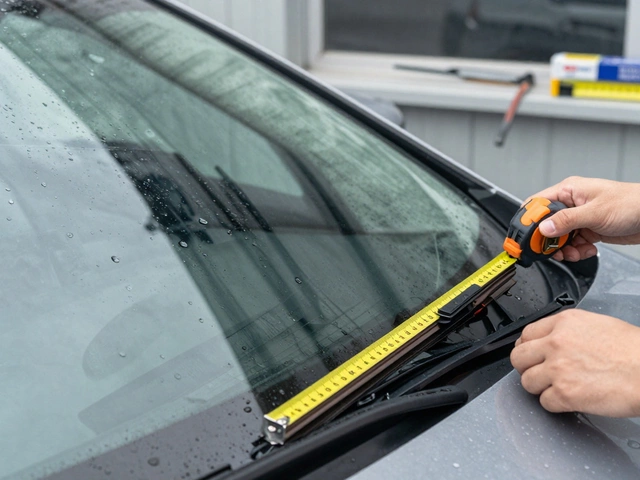Maintaining your vehicle's cooling system plays a crucial role in keeping your engine running smoothly. As a radiator works tirelessly to manage the engine's temperature, it's not immune to wear and tear. But when the time comes to replace it, focusing solely on the radiator might be shortsighted.
Think of your radiator as the heart of a broader, interconnected system. Besides the radiator itself, there are several supportive components that deserve your attention for a seamless replacement process. Understanding these elements can prevent future headaches on the road.
- Understanding the Role of a Car Radiator
- Essential Components to Inspect and Replace
- Signs Your Radiator and Parts Need Replacement
- Tips for a Successful Radiator and Components Replacement
- Prolonging the Life of Your Car's Cooling System
Understanding the Role of a Car Radiator
The radiator is the cornerstone of your vehicle's engine cooling system. It continuously regulates your engine's heat, ensuring it doesn't overheat, which could lead to catastrophic damage. So, how exactly does it perform this critical task? The radiator circulates a mixture of water and antifreeze through a network of tubes and fins. This liquid absorbs heat from the engine before passing through the radiator, where it cools down by air circulation. It's an elegantly simple yet complex system that prevents the engine from reaching temperatures that could warp or damage its components. Without the effective functioning of the radiator, your car could face severe performance issues, potentially leaving you stranded.
Interestingly, the origins of this miracle of engineering date back to the early 20th century when cars first became popular. Over the decades, the design has been refined significantly, offering better efficiency and higher resilience. Modern radiators are primarily made of aluminum or plastic, materials chosen for their excellent heat dissipation properties and lightweight nature. It's fascinating to note that even the choice of material impacts the efficiency of engine cooling, further highlighting the radiator's role as the nucleus of the vehicle's cooling setup.
Pioneer automotive engineer James Joule once remarked, "The proper functioning of any cooling system is inseparable from the efficiency of the vehicle it serves." His words ring true, underscoring the interconnected nature of car components. Ensuring your radiator is in top condition is synonymous with safeguarding your engine's health, which is imperative for any car owner.
Moreover, maintaining your car radiator goes beyond just the hardware. The type of coolant used, the frequency of radiator flushes, and even the cleanliness of the radiator fins contribute significantly to its performance. It’s not just about the core task of cooling; it’s about maximizing it to its fullest potential. When the radiator is running efficiently, it translates into consistent engine performance, better fuel economy, and a smoother ride altogether. So, understanding these intricacies is not just beneficial, it's essential for any motor enthusiast considering the reliability of their vehicle.
Essential Components to Inspect and Replace
When diving into the cooling system of your car, replacing the car radiator is just the beginning. Another key component that often goes hand-in-hand with radiator replacement is the thermostat. This small device controls the flow of coolant between the engine and the radiator, and a malfunctioning thermostat can lead to engine damage. It's always wise to replace this part during a radiator change to prevent unnecessary overheating issues down the line.
Hoses are another significant aspect worth examining. The radiator hoses, both upper and lower, connect the radiator to the engine and the rest of the cooling system. Due to constant exposure to high temperatures and pressure, these hoses can degrade and crack over time. Inspecting these hoses for bulges, cracks, or general wear is vital. If they appear brittle or worn, consider replacing them to ensure the integrity of the entire cooling system.
"Replacing not just the radiator, but also its related components can save you a lot of trouble later," advises John Davis, a respected mechanic with over 20 years of experience in automotive repairs.
The radiator cap, though small and often overlooked, plays a crucial role in maintaining the correct pressure within the cooling system. A faulty cap can result in a loss of coolant, leading to overheating. Therefore, after replacing your radiator, it's wise to test the pressure and replace the cap if necessary. Mishandling this could unravel a series of overheating events, hurting your engine's efficiency.
For those with vehicles equipped with an automatic transmission, it's paramount to check the transmission cooler lines, as they are sometimes integrated into the radiator. When the radiator is removed or replaced, these lines should be inspected for leaks or damage, and replaced if there's any sign of wear. This ensures that the transmission fluid remains at its optimum temperature, promoting smooth gear shifts and prolonging the transmission's life.
The water pump, a component charged with pushing coolant through the system, is also worth attention. While removing the radiator provides more space to access the water pump, many experts recommend replacing it simultaneously with the radiator, especially in older vehicles. This proactive measure will help maintain efficient engine temperature management.
Considerations for Kits and Packages
When embarking on such replacements, many opt for comprehensive radiator kits, which may include hoses, clamps, and potentially a new thermostat and radiator cap. These kits can save time and money, ensuring that all parts are compatible. Make sure to choose a kit from a reputable supplier to guarantee quality.
- Inspect and replace the thermostat
- Check and replace the radiator hoses
- Evaluate the condition of the radiator cap
- Ensure functionality of transmission cooler lines
- Consider replacing the water pump
By being attentive to these components during a radiator replacement, you not only enhance vehicle performance but also prevent breakdowns that could leave you stranded. Such thorough checkups aid in nipping potential problems in the bud, reinforcing a robust and efficiently functioning car maintenance routine.
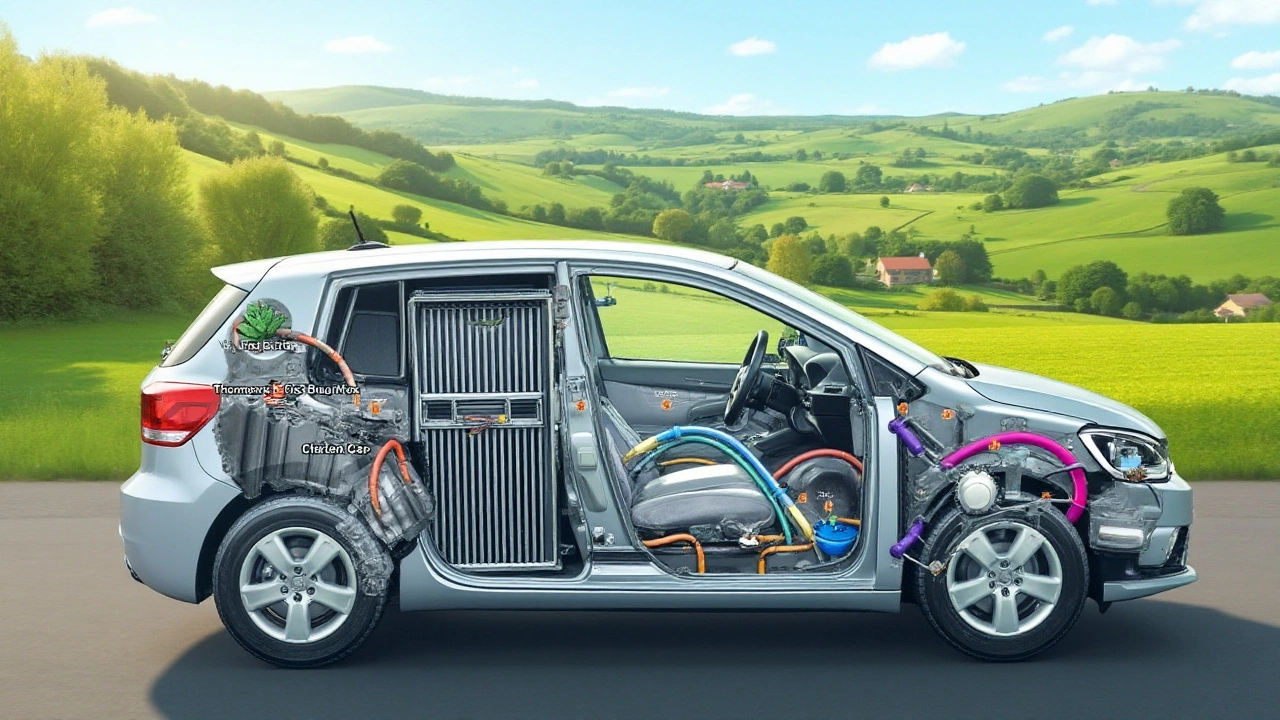
Signs Your Radiator and Parts Need Replacement
Keeping an eye out for the warning signs of a failing radiator or its connected parts is critical. Often, the most telling clue of a compromised radiator is a consistently overheating engine. If you find that your car's temperature gauge is frequently heading towards the red zone, it might be time to investigate. Engines that overheat too often can suffer from a myriad of problems, causing your daily commute to turn into unreliable adventures. This predicament might stem not just from the radiator itself but other related parts like the radiator cap, hoses, or thermostat.
Another prevalent indicator is the presence of coolant leaks. Spotting a green or orange fluid stain where your car was parked can signify a leak in the radiator or its hoses. Coolant is the lifeblood of your car's cooling system, and without sufficient levels, your engine is doomed to excessive temperatures. The leaks are sometimes the result of rust or corrosion within the radiator, particularly if maintenance has been neglected. This highlights the importance of regularly flushing and replenishing your coolant.
If you hear strange noises coming from the engine bay, especially a hissing sound, it's worth a closer look. This noise often indicates that there is a leak, particularly if combined with visible steam escaping from the hood. Such a scenario typically suggests a radiator issue, possibly involving the deterioration of hose materials or the radiator core itself. An unusual sound can be evidence of trapped air within the cooling system, which can lead to inconsistent cooling, further reinforcing the need for thorough inspection and possible replacement of affected parts.
Paying attention to peculiar smells can also lead you to potential radiator problems. A sweet, syrupy scent after driving could mean leaking coolant. This smell, combined with visual evidence of leaks, makes a strong case for a comprehensive look at the cooling system. However, not all issues are easily detectable; sometimes, the signs are subtler, like reduced performance in your car's heat or defrosting system. This issue ties back to the cooling system, as any fault can affect the efficiency of heating components, urging a closer examination.
"When a vehicle’s radiator or associated parts show signs of distress, it's crucial not to delay in addressing the issue. Prolonged neglect can lead to more severe engine damage and heightened repair costs." - Experts from the National Institute for Automotive Service Excellence
If you're left confused by a spike in your vehicle's fuel consumption, it might be an indirect signal of radiator-related trouble. A poorly performing or clogged radiator can affect the engine's efficiency, inevitably leading to increased strain and fuel usage. As you ponder these signs, weighing if replacement is necessary, consider the age of the parts. Often, components like hoses and thermostats begin to show decline around the 5-year mark, which justifies a proactive replacement to maintain overall vehicle reliability.
Tips for a Successful Radiator and Components Replacement
Replacing a car radiator is a task that can seem daunting, but armed with the right knowledge, it becomes a manageable and even a rewarding process. Central to this endeavor is recognizing the importance of the components that surround your car radiator, each playing a significant role in ensuring the cooling system operates efficiently. First up on your checklist should be the hoses. These may appear fine at a glance but often hide signs of wear such as cracks or bulges. It's crucial to replace them alongside the radiator to prevent potential leaks down the road. Another key consideration is the thermostat, often the unsung hero of your engine's temperature regulation. A faulty thermostat can easily contribute to overheating issues even if you have a new radiator installed.
Before diving into the mechanical process, gather all necessary tools and parts. Having a well-organized workspace is half the battle won. Imagine trying to install a radiator only to find yourself scrambling for a missing socket. Prepare for surprises—new problems sometimes surface when replacing old parts. A comprehensive service manual specific to your vehicle is invaluable, guiding you through the unique intricacies of your make and model. It's worth noting what a trusted source like the 'Automotive Maintenance and Repair Association' suggests:
'Regular maintenance and timely replacement of critical engine components can extend the life of your vehicle by up to 30%.'Following this advice can prevent unexpected breakdowns and costly repairs.
An often-overlooked but vital step is the correct placement and protection of the radiator itself. Incorrect mounting can lead to vibrations, which might damage both the radiator and adjacent components over time. Consider investing in high-quality coolant; this is no place to cut corners as the coolant is integral to the function and longevity of your engine cooling system. Once everything is in place, fill the system with coolant slowly to prevent air pockets; these can cause inefficient cooling or even engine damage. Running the engine until it reaches operating temperature, then rechecking fluid levels, ensures every element of the cooling system is functioning well.
Post-installation, conduct a thorough inspection and test drive. This stage identifies any loose connections or unexpected performance issues. Taking your car for a spin around the block while paying close attention to the temperature gauge provides real-time feedback. It's always wise to keep an eye on your newly-installed equipment over the first few weeks, checking fluid levels and watching for leaks. An important habit is making a regular maintenance schedule to monitor the condition of the radiator components, identifying problems before they escalate. Bear in mind, efficient management of the cooling system is pivotal in maintaining the health of your engine, ultimately saving you both time and money in the long run.
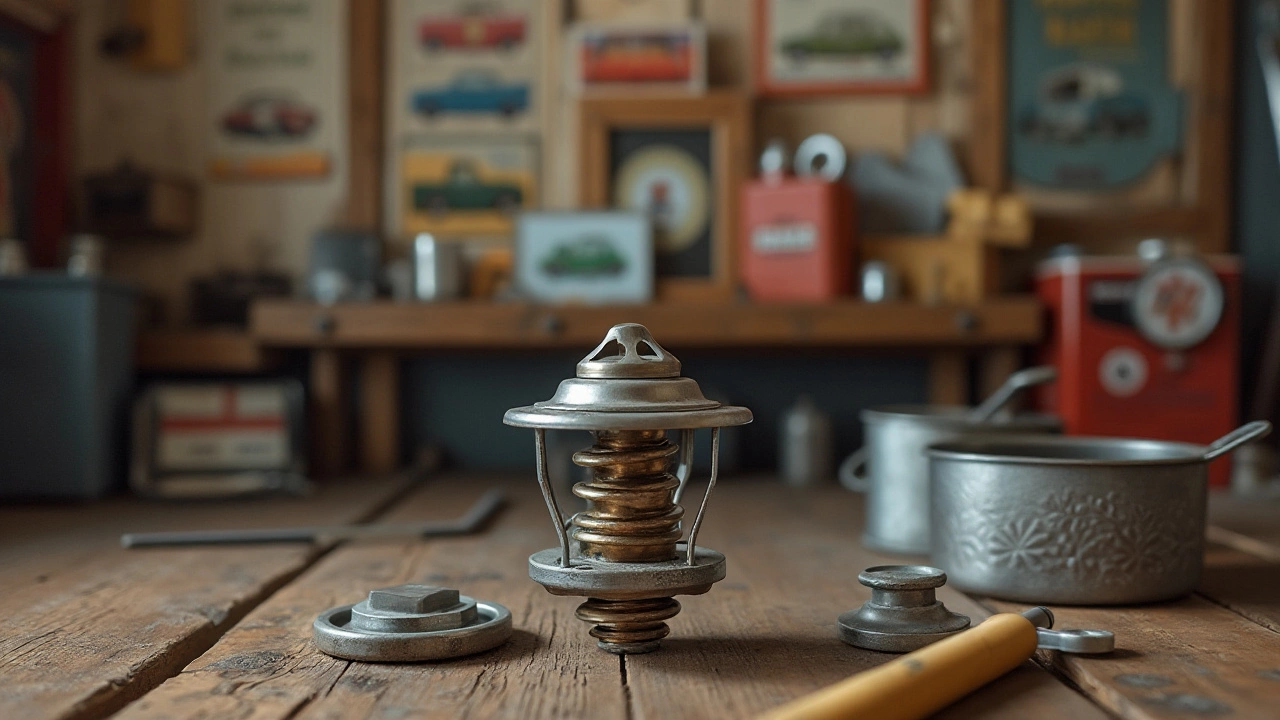
Prolonging the Life of Your Car's Cooling System
Ensuring that your vehicle's cooling system remains in tip-top shape is not merely a maintenance task—it's a necessity that safeguards your engine's health and longevity. A robust cooling mechanism is integral to maintaining optimal engine performance, preventing overheating and ensuring a smooth driving experience. To extend the life of your vehicle’s cooling components, adopting a diligent maintenance routine is crucial. Simple, yet effective habits can detect potential issues before they morph into costly repairs.
Regularly flushing and refilling the cooling system is a cornerstone of effective maintenance. Over time, coolant can degrade, losing its effectiveness and potentially carrying corrosive particles. Every two years or 30,000 miles, it’s advisable to conduct a full flush of the coolant. This ensures that your system remains clean and operating smoothly. Keeping an eye on coolant levels and checking for signs of leaks must become second nature. Observing any puddles beneath your car or unexpected temperature spikes could indicate leaks needing immediate attention. Integrating such inspections into your routine can help ward off problems before they escalate.
Another aspect of prolonging your cooling system's life is ensuring that connections within the system are secure and free from wear. Periodically inspect hoses for signs of cracking or bulging. If you notice any irregularities, preemptively replacing these components can be a lifesaver on the road. Additionally, keeping your cooling system’s radiator cap in good condition is indispensable. A functional cap maintains the critical pressure needed for optimal coolant transfer, protecting your radiator and associated system parts from potential damage. Ensure that the cap fits tightly and shows no signs of wear.
When it comes to the engine's thermostat, replacing this when changing the radiator or during routine service checks is a wise move. This often-overlooked component plays a vital role in regulating engine temperature and ensuring that coolant circulates optimally. Properly functioning, the thermostat contributes to improved fuel efficiency and engine longevity by preventing both overheating and operating below optimal temperatures.
Monitoring your dash’s temperature gauge regularly is yet another simple but effective measure to ensure your engine runs comfortably within the manufacturer's specified temperature range. Unusual readings should be addressed promptly by a qualified mechanic. As motorists, responding proactively to unusual noises or changes in engine performance is vital. An attentive ear can foretell issues before they adversely affect your beloved ride.
"A stitch in time saves nine," they say, and this holds exceedingly true for vehicle maintenance. By taking proactive measures now, you invest in the longevity of your vehicle later, ensuring it sails smoothly over the many roads ahead.
These practices don’t merely extend the life of the components; they preserve your peace of mind, knowing you’ve laid the groundwork for many more trouble-free miles ahead. Employing these habits into your regular automotive care regimen guarantees that your cooling system, and more importantly, your engine, continue to function at their best, mile after mile.
